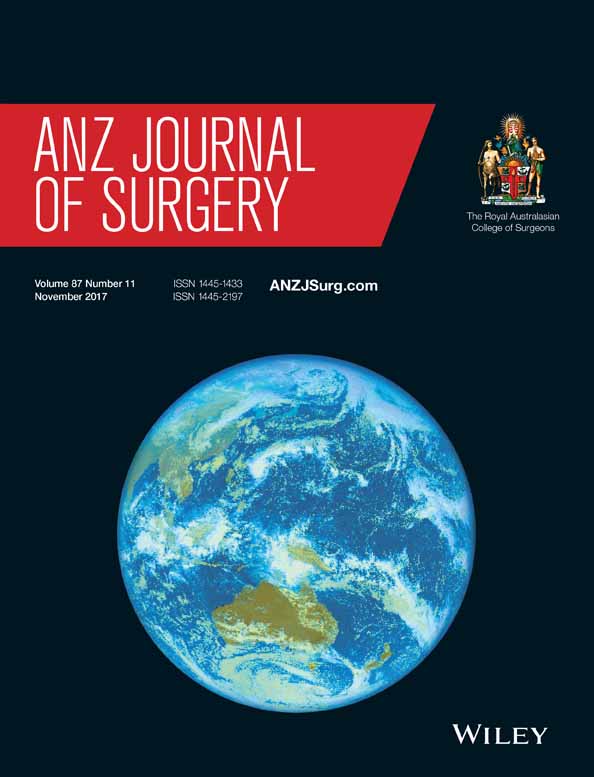Perineal tap water burns in the elderly: at what cost?
Abstract
Background
Burn injuries are expensive to treat. Burn injuries have been found to be difficult to treat in elderly patients than their younger counterparts. This is likely to result in higher financial burden on the healthcare system; however, no population-specific study has been conducted to ascertain the inpatient treatment costs of elderly patients with hot tap water burns.
Methods
Six elderly patients (75–92 years) were admitted for tap water burns at Concord Hospital during 2010. All costs incurred during their hospitalization were followed prospectively, and were apportioned into ‘direct’ and ‘indirect’ costs. Direct costs encompassed directly measurable costs, such as consumables used on the ward or in theatres, and indirect costs included hospital overheads, such as bed and theatre costs.
Results
Three males and three females admitted with burns to the buttocks, legs or feet. Total burn surface area (TBSA) ranged from 9–21% (mean 12.8%). Length of stay ranged from 26–98 days (mean 46 days). One patient died, and four required surgical management or grafting. Total inpatient costs ranged from $69 782.33 to $254 652.70 per patient (mean $122 800.20, standard deviation $67 484.46). TBSA was directly correlated with length of stay (P < 0.01) and total cost (P < 0.01).
Conclusion
Hot water burns among the elderly are associated with high treatment costs, which are proportional to the size of the burn. The cost of treating this cohort is higher than previously reported in a general Australian burn cohort.




